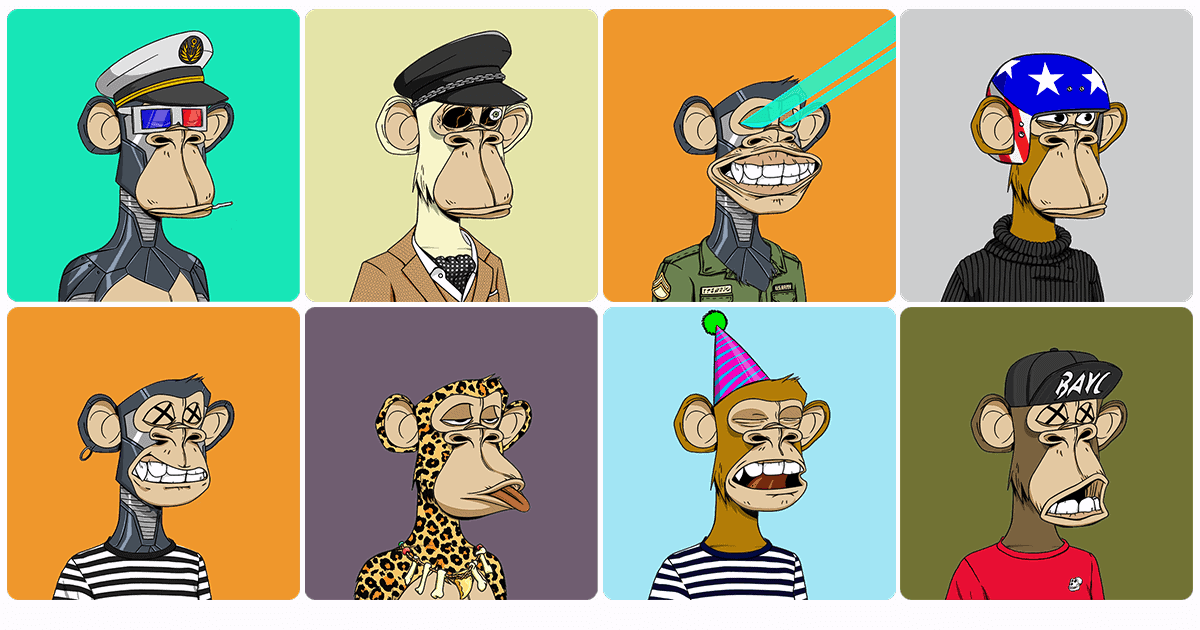NFTs have taken over the commercial world. Whether in the fields of technology, music, real estate, gaming, or sports, the advent of NFTs has resulted in significant advancements.
As a result, an increasing number of investors from different industries are becoming interested in NFTs. They predict that many properties, ranging from tickets to houses, will be tokenized in the near future. This makes sense when we realize that NFTs can be created from photographs, movies, music, tweets, gaming characters, and even text.
However, the question remains, what is this specific NFT revolution all about? What does it have to do with the content industry and does it hold the potential to act as a gamechanger for the content industry?
What are NFTs?
Non-fungible tokens, or NFTs, are digital assets that have gained substantial traction in 2021. They are built on the blockchain and act as a public ledger, allowing users to verify the assets’ legitimacy and ownership. Each NFT has a distinct digital signature that distinguishes it from others. They can be acquired with ease with the cryptocurrency Ether or using cash. The blockchain keeps track of all of the transactions.

Any digital object can be transformed into an NFT when it comes to NFTs. Digital art, video snippets of game moments, virtual world patches of land, and material can all be transformed into NFTs. According to DappRadar’s industry research, the NFT trading volume is expected to exceed $23 billion in 2021.
Must Read: Basic Intro To The Technology Behind CryptoCurrencies [For Amateurs]
NFTs have piqued the curiosity of the media and content industries. Major studios including Disney, Lionsgate, and Warner Bros. are working hard to push this change forward.
In addition, many NFT-powered businesses will be founded in 2021. Fox Entertainment, Blockchain Creative Labs, NFT Studios (Martin Scorsese), Decentralized Pictures (tech veteran Leo Matchett), Roman Coppola, and American Zoetrope executive Michael Musante are among the most well-known.
What Makes NFTs such an Outlandish New Trend?
The bizarre new trend in the NFT universe is perfectly exemplified by the Bored Ape Yacht Club.
It was produced in late April 2021 by a group of four anonymous developers known as No Sass, Gargamel, Emperor Tomato Ketchup, and Gordon Goner, and it only took 12 hours for all 10,000 apes to be sold out for 0.08 ether.
The designers had no clue when they started the project that it would make them into multimillionaires, with about 6K BAYC owners and a floor price of ETH 53.8 to date.
Let’s Explore A Few More Things That Make NFTs a Hot Trend
NFTs are a type of artwork that may be programmed in a variety of ways. The idea is simple: the owner of a digital artwork can adjust the pre-set rules or regulations.
Let’s take Kings of Leon as an example, a band that has made over $2 million from the NFT sales of their album “When You See Yourself.”
This NFT is programmed via a smart contract to carry out certain automated actions, such as:
1. Prevent unfair revenue distribution in the music industry.
2. Reserving seats at future Kings of Leon concerts for NFT purchasers.
Overall, the NFT’s robust feature allows it to target certain criteria or rights that can be carried out as part of a transaction, resulting in increased brand resonance and loyalty among investors.
Symbol of status
“NFT Art gives anybody a stake in something important and culturally relevant to them.” The 1% has had a monopoly on valuable art for a long time. “The 99 percent can participate in NFT art.” Fabriik CTO Kevin Godfrey
Bored Ape Yacht Club (BAYC) and CryptoPunks are two NFT collections that are no less than status symbols. Despite the fact that they were created as a joke, they are no longer considered standard types of NFTs.
Nowadays, buying an NFT is comparable to owning a Ferrari. You still don’t believe us? Steph Curry reportedly paid $180,000 USD in Ether for a Bored Ape #7990 NFT.
You’re probably asking why someone would pay so much for pixelated photographs. It’s due to the rarity of NFTs, which are identified by characteristics such as unique expression, attire, and accessories, among others.
Creation Possibilities
For creators, NFTs are delivering a slew of new possibilities.
Because each transaction is recorded on the blockchain without the intervention of a third party, the creators and investors can communicate directly.
If you’re a musician and you upload your tracks to Spotify, you’ll only get a fraction of the money because Spotify only pays roughly $4,000 for one million plays.
As a result, most musicians must deal with a record label and other middlemen who take a large percentage of the artist’s earnings even before the artist makes a profit.
NFTs, on the other hand, can be sold directly to your biggest admirers on marketplaces like OpenSea or Solsea. You are the inventor, and you have the right to keep all of the money that has been paid to you. Creators are not compelled to renounce their copyright while selling NFTs.
Aside from that, creators can offer to sell portions of their NFTs, i.e. fractionalized NFTs, allowing multiple people to own a single NFT that would otherwise be too expensive to purchase.
NFTs have not only taken over Twitter’s trending topics, but they’ve also opened up a world of possibilities for companies, producers, and artists to engage with the audience while also giving value. You might be surprised to learn that NFT sales can range from $15,000 to $50,000 each week, according to NonFungible.com! There is no denying why it is so popular and will help to bridge the gap between customers and artists.



